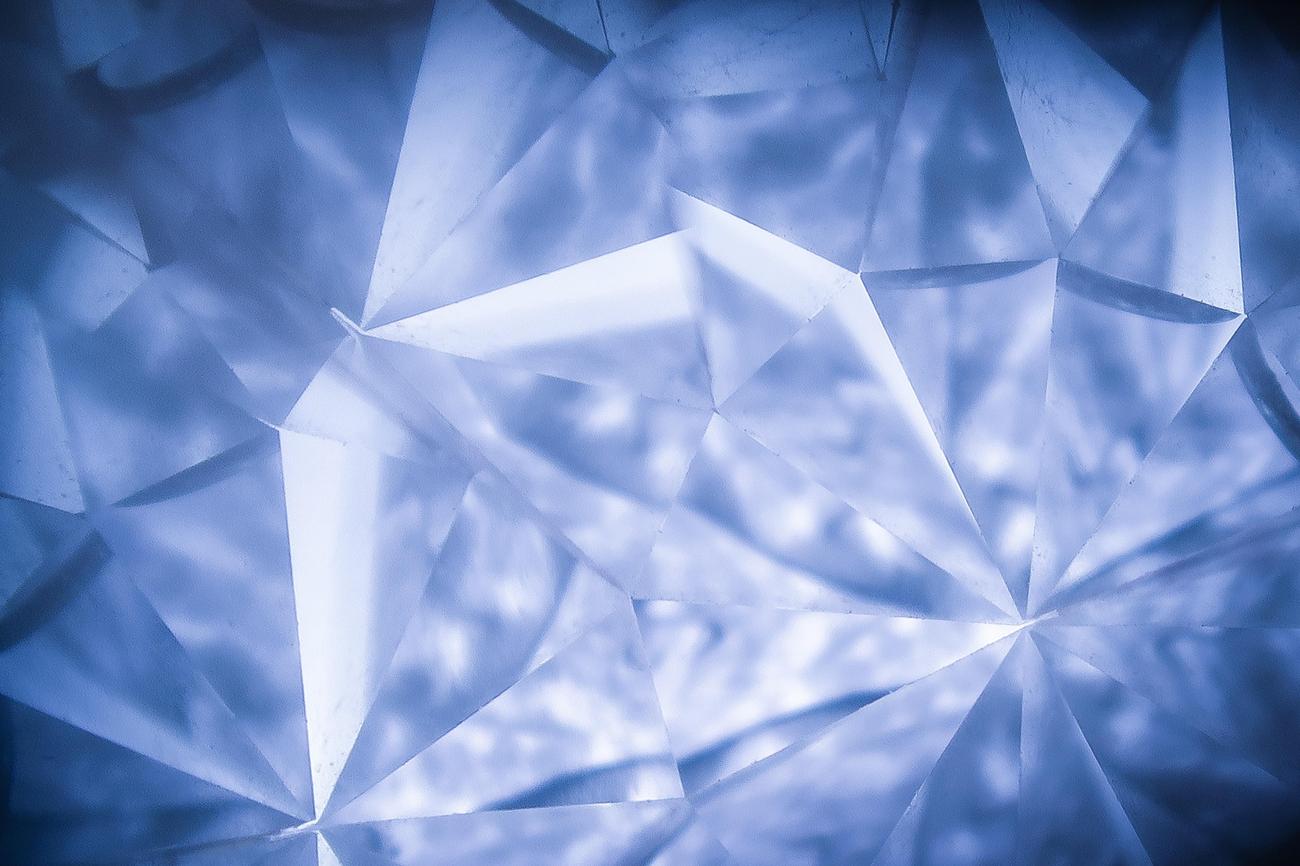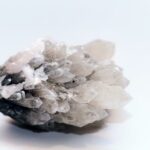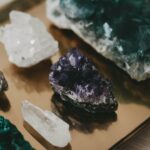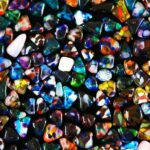Are you a passionate gemstone enthusiast, or simply someone with a keen interest in the mesmerizing world of gemstones? Look no further! In this article, we will embark on a thrilling journey through the realm of gemstone properties and characteristics. Whether you’re a novice or a seasoned collector, we have gathered expert insights and fascinating information that will undoubtedly deepen your understanding and appreciation for these exquisite treasures of nature. So buckle up and get ready to delve into the captivating world of gemstone properties and characteristics!
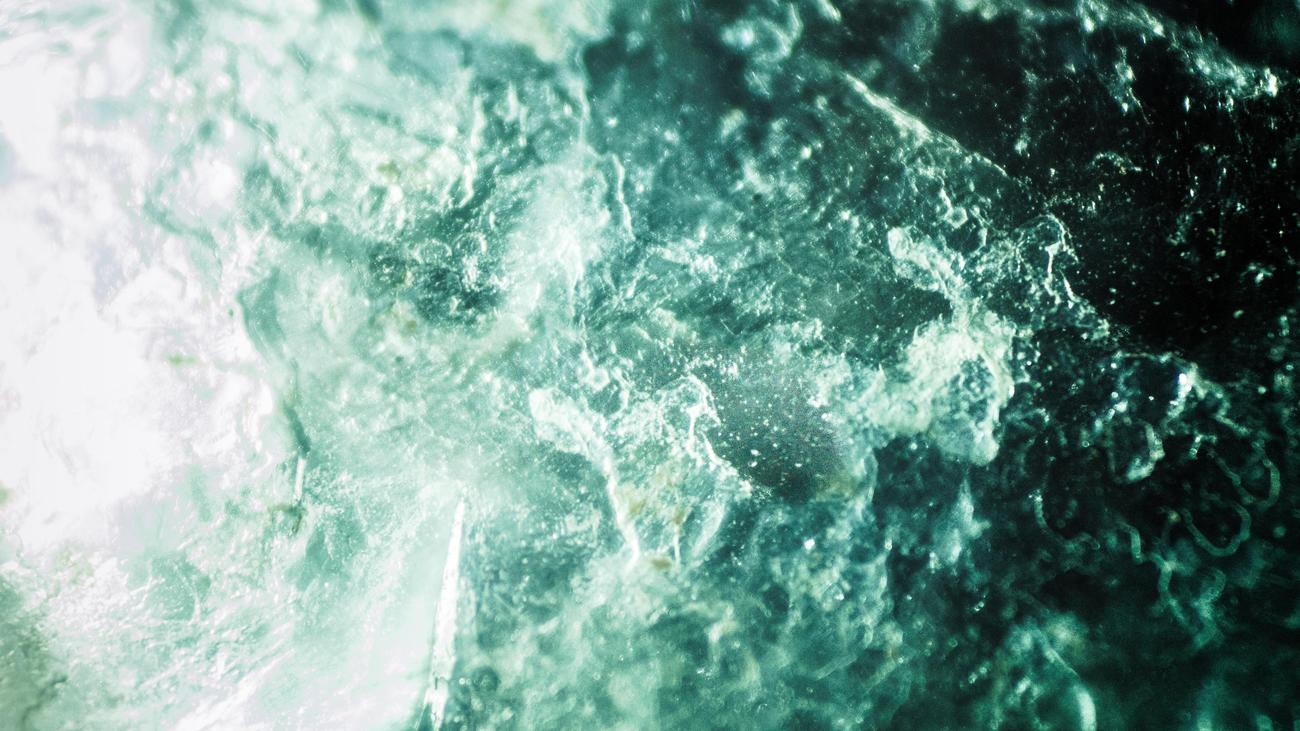
Gemstone Properties and Characteristics
Gemstones are fascinating creations of nature, each possessing its own unique properties and characteristics. As a certified gemologist and passionate gemstone enthusiast, I have spent years studying and exploring the world of gemstones. In this article, I will share my expert insight into the captivating realm of gemstone properties and characteristics.
One of the key aspects of gemstones is their physical properties, which help identify and classify them. Refractive index refers to how light behaves when it enters and exits a gemstone. Different gemstones have varying refractive indexes, causing light to bend at different angles. Dispersion is another property that determines a gemstone’s ability to separate white light into spectral colors. Gemstones with high dispersion exhibit stunning displays of color, such as the fiery brilliance of diamonds.
Specific gravity is a measure of a gemstone’s density compared to the density of water. It helps differentiate gemstones from imitations or synthetic counterparts, as each gemstone has a specific gravity unique to its composition. The hardness of a gemstone is measured on the Mohs scale, ranging from 1 (softest) to 10 (hardest). This scale determines a gemstone’s ability to resist scratching and abrasion.
Gemstones also possess distinct properties when it comes to structural integrity. Cleavage refers to the tendency of a gemstone to break along specific planes due to weak atomic bonds. On the other hand, fracture refers to the irregular breakage patterns that occur when a gemstone is shattered. These properties have a significant impact on a gemstone’s durability and value.
When it comes to aesthetics, luster is an important characteristic of gemstones. It refers to the way light interacts with the surface of the gemstone, giving it a certain shine or glow. Some gemstones, like diamonds, exhibit a high level of luster, while others, like the cat’s eye chrysoberyl, display a more muted luster with a distinctive chatoyant effect.
Gemstones can also display phenomena such as pleochroism, which is the ability to exhibit different colors when viewed from different angles. This characteristic adds a mesmerizing quality to gemstones like alexandrite, which appears greenish in daylight and purplish under incandescent light.
Furthermore, certain gemstones possess luminescence, the ability to emit light when exposed to certain stimuli. For example, under ultraviolet light, some gemstones fluoresce and emit a vibrant glow. This property adds an enchanting and mysterious quality to gemstones like opal or fluorite.
The cutting and polishing process plays a crucial role in enhancing a gemstone’s beauty and value. Skilled lapidaries meticulously shape gemstones to maximize their natural properties and optical qualities. This craftsmanship brings out the gemstone’s inherent brilliance and ensures its optimal interaction with light.
It’s essential to understand that gemstones can vary significantly in value due to factors such as color, clarity, cut, and carat weight. Color is one of the most influential factors, with rare and vibrant hues commanding higher prices. Clarity refers to the absence of inclusions or flaws within a gemstone, while the cut determines how well a gemstone’s facets interact with light. Carat weight measures a gemstone’s size, with larger gemstones generally being more valuable.
In the world of gemology, gemstones are typically classified as either precious or semi-precious. The term “precious” traditionally refers to diamonds, rubies, sapphires, and emeralds, while all other gemstones are considered semi-precious. However, it’s important to note that this classification does not necessarily reflect a gemstone’s quality or beauty.
To summarize, gemstone properties and characteristics are an intricate tapestry that spans from their physical properties to their optical qualities, phenomena, and craftsmanship. Understanding these aspects enhances not only our knowledge but also our appreciation for these extraordinary creations of nature. So whether you’re an enthusiast or a novice, delving into the world of gemstone properties and characteristics is a rewarding journey that allows us to marvel at the wonders of the Earth.
“Explore the captivating realm of gemstones and uncover their mesmerizing properties and characteristics like never before.”
Gemstones have fascinated humans for centuries, with their vibrant colors and mesmerizing beauty. But did you know that behind their allure lies a world of scientific facts? If you’re curious to learn more about the fascinating properties of gemstones, we invite you to explore our collection of scientific facts about gemstones. From the formation process to their unique optical properties, each gemstone has its own story to tell. So why wait? Discover the hidden science behind these dazzling treasures by clicking here: scientific facts about gemstones.

FAQ
Question 1
What are some common properties of gemstones?
Answer 1
Some common properties of gemstones include refractive index, dispersion, specific gravity, hardness, cleavage, fracture, luster, pleochroism, double refraction, luminescence, and absorption spectrum.
Question 2
What are inclusions in gemstones?
Answer 2
Inclusions are flaws or material within the gemstone.
Question 3
What factors determine the value of a gemstone?
Answer 3
The value of a gemstone is determined by factors such as color, clarity, cut, and carat weight.
Question 4
How is the hardness of a gemstone measured?
Answer 4
The hardness of a gemstone is measured on the Mohs scale.
Question 5
What are some characteristics of gemstones regarding light?
Answer 5
Gemstones can have different refractive indexes, which affect how light bends when passing through them. Some gemstones may exhibit pleochroism, which is a change in color when viewed from different angles. Additionally, certain gemstones have luminescence and emit light when exposed to certain stimuli.
